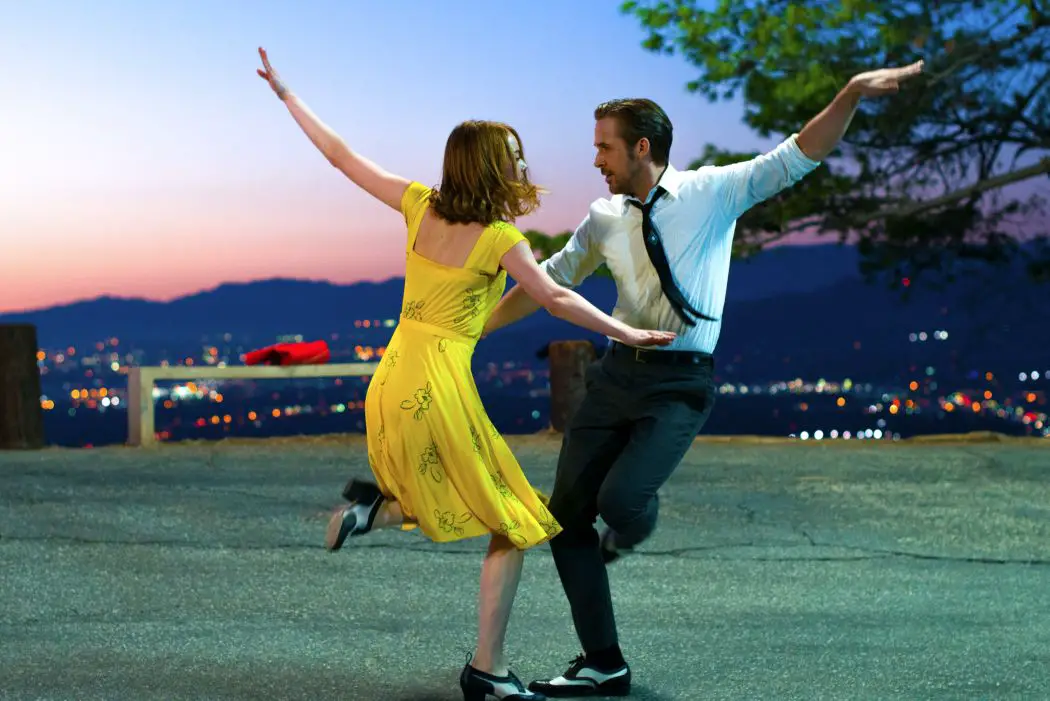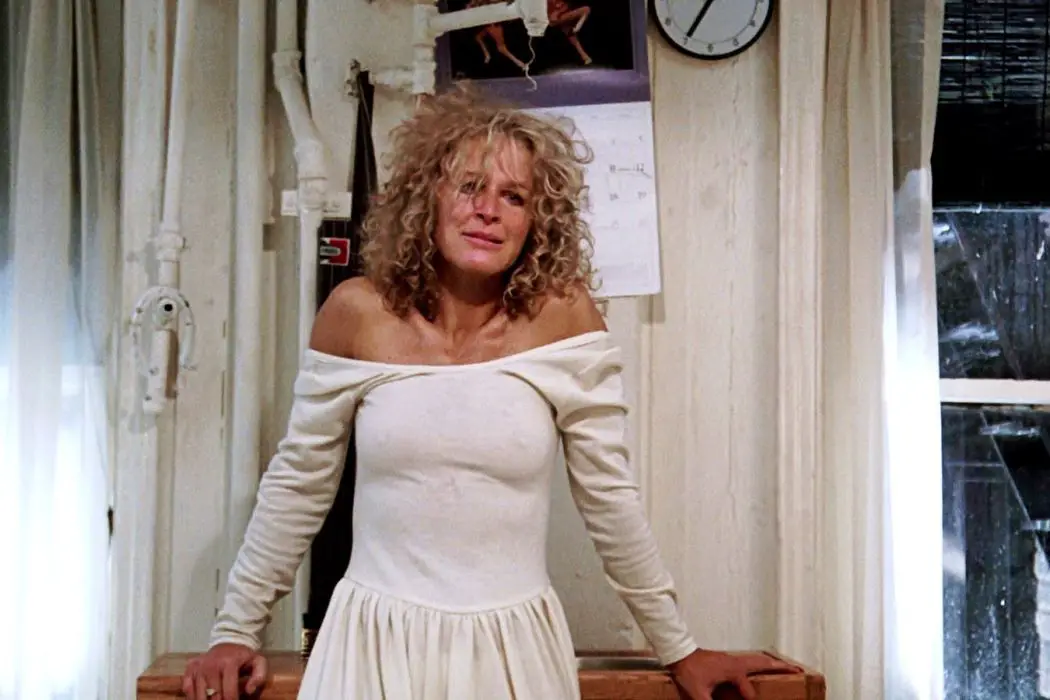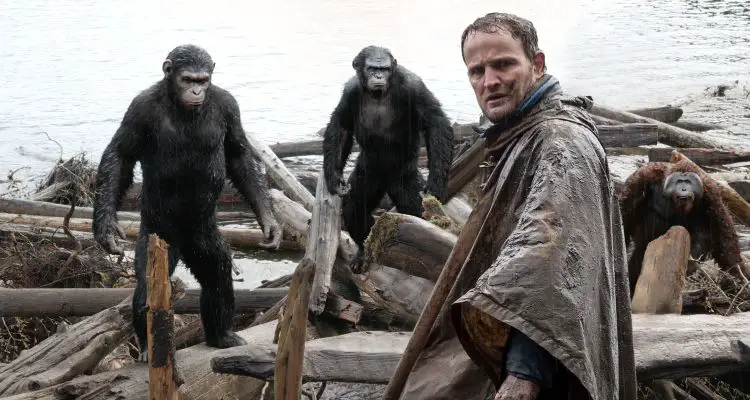Hollywood
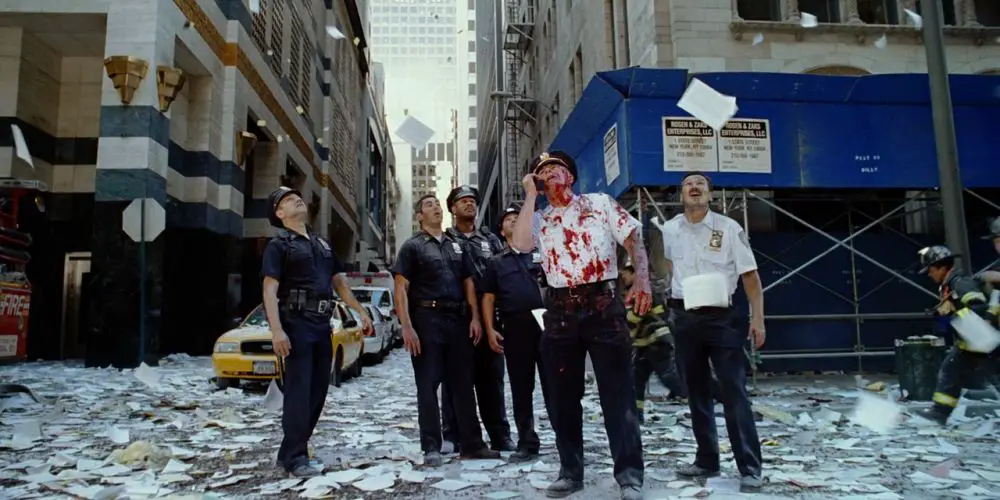
Recently, I had the chance to tour the National 9/11 Memorial and Museum in New York City, which, as you can imagine, is quite a somber experience. Amid the thoughtfully presented exhibits, I started wondering about 9/11 as portrayed in film. Now, when I say “portrayed” I’m not talking tangentially, as when 9/11 is used to jumpstart plot (e.

There is offense to be taken with the frame and exterior of physical bodies. Beauty, it has been said, is in the eye of the beholder. Yet, one can’t help but feel that, since the rise of feminism and the development of the male-gaze interpretation, almost all appreciation for the aesthetics of a given film has been entirely lost.
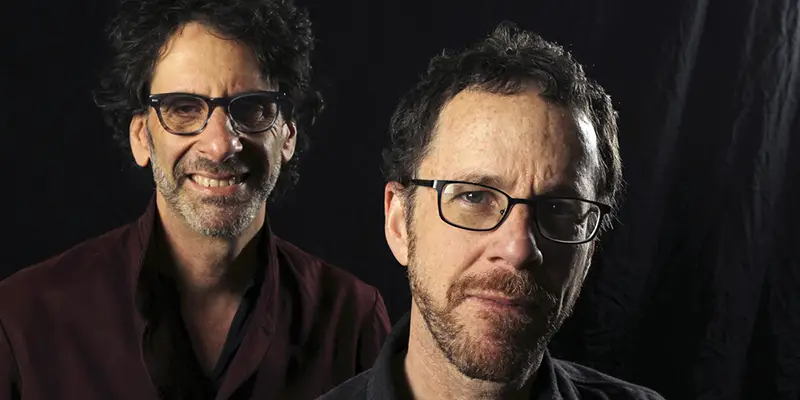
Since they first hit cinema screens in 1984, the Coen Brothers have had a firm grip on audiences and critics alike. Renowned for their idiosyncratic, high quality work, they have found themselves increasingly in demand with studios and actors, many of whom aim to make their next project a Coen Brothers film. They have written, directed and produced all of their own pictures, edited most of them, and have recently ventured into the ‘gun for hire’ realm of screenwriting, contributing to Steven Spielberg’s Bridge of Spies, Angelina Jolie’s Unbroken, Michael Hoffman’s Gambit, and George Clooney’s upcoming Suburbicon.
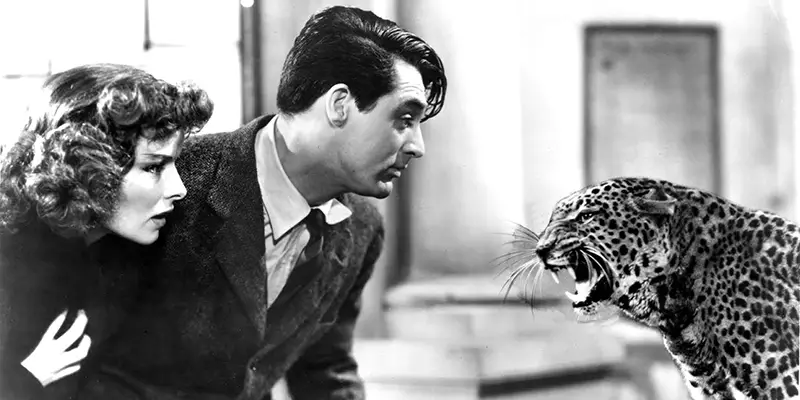
Screwball comedy is a predominantly American film genre popularised during the Great Depression. The golden era of screwball comedy was the 1930s and early 1940s, with hundreds of films being produced and the genre fast becoming one of Hollywood’s most popular. However, from the mid 1940s, evolving circumstances saw it becoming increasingly obsolete, with true screwball comedies beyond the 1960s being few and far between.
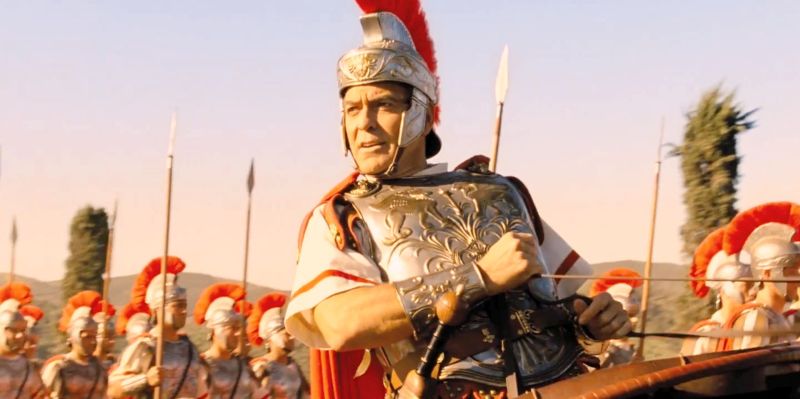
The Coen Brothers have managed to put their own twist on noir, the buddy comedy, crime drama, romantic comedies, westerns, and spy films. They are clearly film historians, so they want to show their love of movies by tackling classic genre films that cannot be sold to modern audiences. How did they manage to do this?
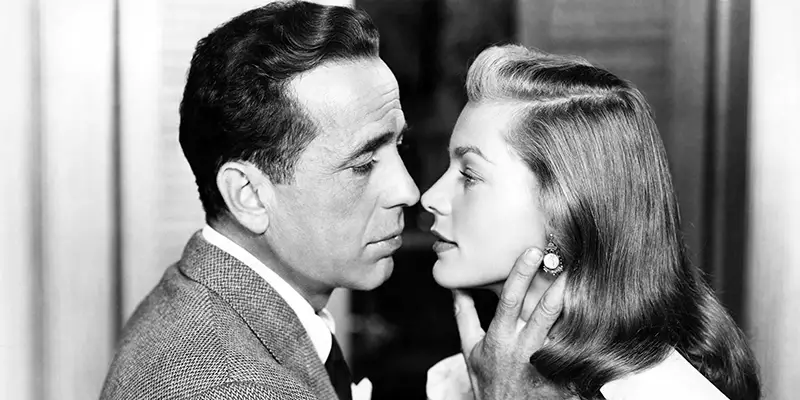
I can’t think of any other couple that exemplified the pure nature of an old Hollywood romance other than Humphrey Bogart and Lauren Bacall. If you take a quick glimpse at their history together, the love they shared was palpable. Bacall was only nineteen when they met (twenty when they married), and Bogart was old enough to be her father.
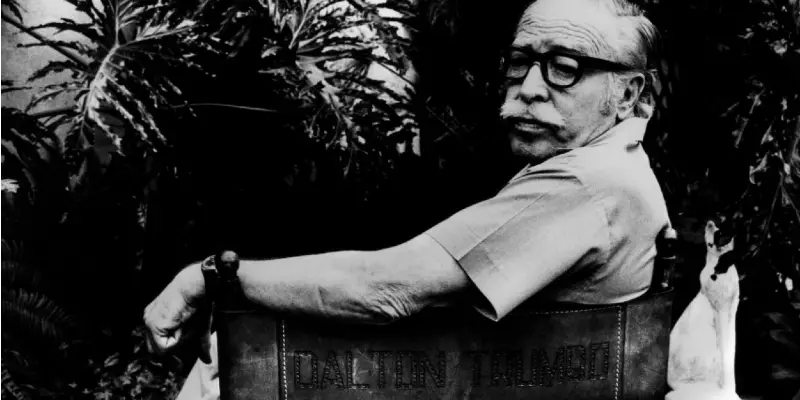
Dalton Trumbo is not a household name today, but he was one of the most influential screenwriters in the old Hollywood studio system. Many of his films like Roman Holiday and Spartacus are beloved classics, but Trumbo is also a significant figure for his part in the Hollywood blacklist, a period of anti-Communist hysteria that swept through the United States in the 1940’s and 1950’s. Trumbo, like many Hollywood intellectuals, was targeted for his progressive politics in an unprecedented purge that saw many actors, directors and writers, lose their livelihoods, their freedom and even their lives.
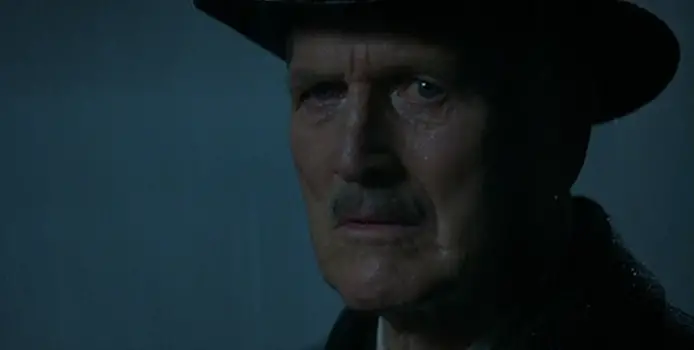
Having recovered from the shock upon discovering that summer 1990 was a quarter of a century ago, I recently reacquainted myself with one or two of the cinematic treats that I first enjoyed at the tender age of 15. Darkman got a repeat viewing, as did the sorely underappreciated Quick Change with Bill Murray. I was especially pleased to find that my personal favourite alumni from the class of ’90 had aged so well:

Entourage is an extremely puzzling film. Keeping in mind that the TV show giving rise to the film is superficial in nature, I don’t mean puzzling in the way you’d describe an Alain Renais film as puzzling. No, it is the reasons and decisions around everything to do with the film that I don’t quite understand.


